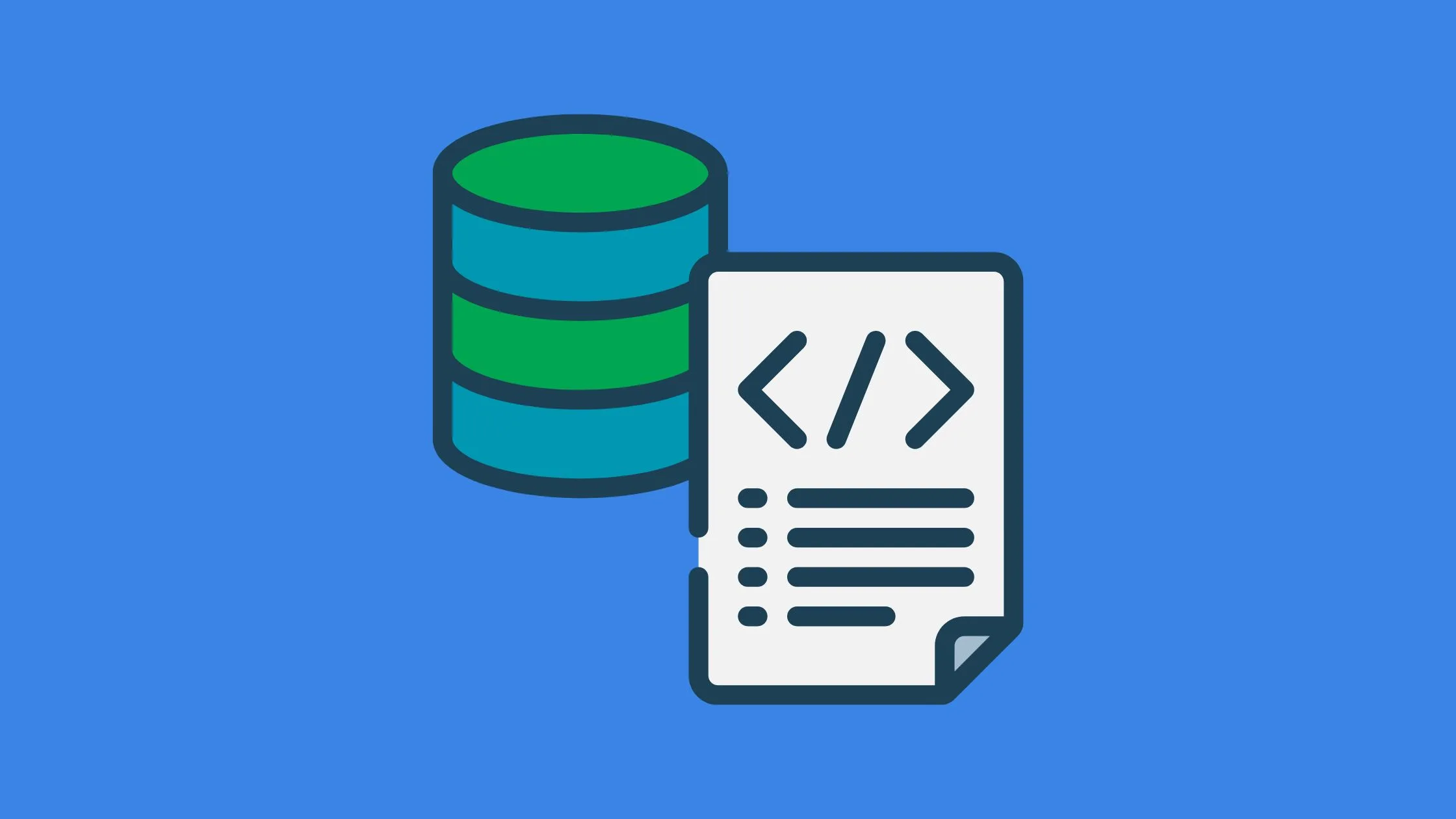Python docstrings are an essential aspect of writing clean, understandable, and maintainable code. These special strings not only allow developers to document their code inline but also play a vital role in creating automatic documentation. In this blog, we’ll explore what docstrings are, how to write them, and some tools that can leverage docstrings to create beautiful documentation.
What is a Docstring?
A docstring is a string literal that occurs as the first statement in a module, function, class, or method definition. It is used for explaining the purpose of the function and how to use it.
A docstring is enclosed between triple quotes (either single or double), allowing for multiline descriptions.
Here’s an example of a simple docstring for a function that adds two numbers:
def add(a, b):
"""This function adds two numbers and returns the result."""
return a + bHow to Write Effective Docstrings
Writing effective docstrings is essential for creating readable code that others can understand. Here are some guidelines:
1. Use Triple Quotes
Always enclose the docstring with triple quotes, even if it’s a single line. This maintains consistency.
2. Explain Parameters and Return Values
Include a description of the function’s parameters, their types, and what the function returns.
3. Follow a Standard
There are different conventions like Google, NumPy, or reStructuredText. Choose one that fits your project.
Here’s an example using the Google-style docstring:
def add(a, b):
"""
Adds two numbers together.
Args:
a (int): The first number to add.
b (int): The second number to add.
Returns:
int: The sum of a and b.
"""
return a + bTools for Automatic Documentation
Python docstrings can be used by tools like Sphinx, https://www.doxygen.nl/, or Pydoc to generate HTML, PDF, or other forms of documentation directly from the code. These tools read the docstrings and convert them into a structured format, providing an effortless way to keep documentation up to date.
Certainly! Let’s delve into some more examples to enhance our understanding of Python function docstrings.
Example 1: Docstring for a Class
Docstrings can be used not only in functions but also in classes and methods. Here’s an example for a class that represents a geometric point:
class Point:
"""Represents a point in a two-dimensional geometric coordinates.
Attributes:
x (float): The x-coordinate of the point.
y (float): The y-coordinate of the point.
"""
def __init__(self, x=0, y=0):
"""Initializes the point with the given coordinates.
Args:
x (float): The x-coordinate of the point. Default is 0.
y (float): The y-coordinate of the point. Default is 0.
"""
self.x = x
self.y = yExample 2: A Function with Multiple Return Values
Here’s an example of a function that calculates both the quotient and remainder of two numbers:
def divide_and_remainder(a, b):
"""Divides the first number by the second and returns the quotient and remainder.
Args:
a (float): The dividend.
b (float): The divisor.
Returns:
tuple: A tuple containing the quotient and the remainder.
"""
quotient = a // b
remainder = a % b
return quotient, remainderExample 3: A Method with Exception Handling
A docstring can also include information about the exceptions that a function or method might raise:
def sqrt(x):
"""Calculates the square root of a number.
Args:
x (float): The number for which the square root will be calculated.
Returns:
float: The square root of x.
Raises:
ValueError: If x is negative.
"""
if x < 0:
raise ValueError("Cannot compute the square root of a negative number")
return x ** 0.5Example 4: A Function with Optional Parameters
Here’s a function that accepts optional parameters and describes them in the docstring:
def greet(name, greeting="Hello"):
"""Greets a person with a customizable greeting message.
Args:
name (str): The name of the person to greet.
greeting (str, optional): The greeting phrase to use. Default is "Hello".
Returns:
str: The complete greeting message.
"""
return f"{greeting}, {name}!"These examples cover various common scenarios where docstrings are used in Python programming. By utilizing docstrings in your code, you can make your codebase more understandable and maintainable, not only for yourself but for others who may work on it in the future.
Conclusion
Python function docstrings are more than just comments; they are a powerful tool that promotes good coding practices and allows for automatic documentation generation. By following standard conventions and explaining parameters and return values, developers can create code that is easier to understand and maintain. Whether you’re working on a small script or a large project, embracing docstrings will undoubtedly enhance your coding workflow.




